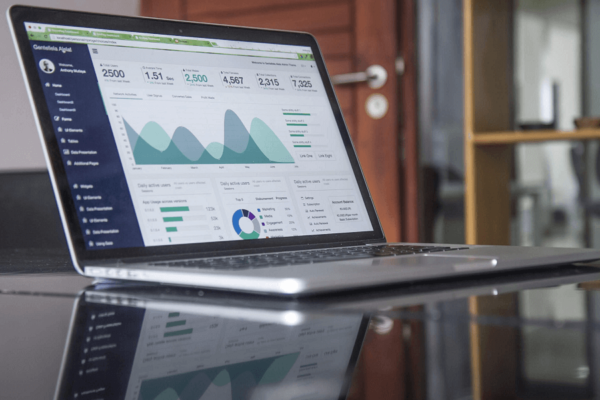

Every one is talking about big data. Big data is expected to be the revolution that will change the world around us. All the different bits of data being gathered and sent to the cloud. Clouds that usually deliver rain will now do the reverse – collect all the drops of data and put it into a super intelligent brain. And then the difficult work starts. The work of analyzing terabytes, the work of identifying unconnected trends, the work of seeking out strange new worlds and exploring new civilizations!
All the while when this is being developed, little things that need attention are often going unattended. The broken light, the malfunctioning plug point, the spillage in the loo… Data has made its way to the boardroom, but seems to not have gone past the washroom. What is wrong with this construct? Lets look at some dynamics and the issues surrounding them.
Where is this data coming from
So why are people talking about big data. The big revolution underway is that of the Internet of Things. In the work environment this means data emanating from sensors, cameras, people actions, meters, switches, access badges etc. The volume of data being generated is enormous. This has created the need for a new breed of scientists – the data scientist. And they are all interested in analyzing this data for extracting intelligence and getting this ready has become a major preoccupation.
Top Down vs. Bottoms Across
Traditional thinking says that the most valuable output of collecting a lot of data is to make them available in an aggregated form. Then one needs to be able to “drill down” and identify root cause of issues that are thrown up. A lot of time and effort is then spent building “cubes” of the data and enormous computation capability is kept on standby for the clever drill down. But this drill down happens only when the senior manager has time in their busy day. Very often this drops to the bottom of their priorities. Regular reports and presentations get prepared and filed away.
Meanwhile deep hierarchies are fast disappearing and organizations are becoming flatter. This leaves even less time for managers. In this new world information needs to be made available to the lower most levels of supervision. If every level of operations is empowered with actionable information, small decisions can be taken, timely fixes can be implemented and issues can be resolved before they become one. All this points to using data effectively at a local level.
Time to fix
Of course, empowering the front line with data has another significant benefit. Fixes can be implemented much sooner that otherwise. A user based study at a major FM company showed that using a simple web app to send alerts on a common FM dashboard can cut response times for small issues by 60%. Data for the sake of analytics needs to be managed in a certain way. Data to enable the front line needs a different approach.
Data structure required for local empowerment needs to include several characteristics to be effective. They should be real time or near real time. They should be based on push notification rather than a pull refresh. They need to be available to be distributed at an enterprise level with each local team having access to their local information only. And most importantly, this data needs to be converted to suggest a simple action that can be taken by an average user. This points to a user centric design approach in design of the solution and processing of the local data to convert it into a call to action.
Empowering the user
Automation can also be extended to an office user. With information at their fingertips space productivity for example can be dramatically improved. For example, our Freespace service enables office users to find spaces in real time. Data from occupancy levels across the floor and indeed the building is made available to office users to help them find the kind of space they need for the task at hand. This makes the office truly flexible with vacated spaces being auto released for the next user.
When every office user is provided information that can help them find spaces quickly, the impact for a business can be significant. The largest cost for any business is typically its employee base. Making them productive drives profits to the bottom line. Empowering them directly to become productive is the fastest way to achieve this.
Benefits of Little Data
The above explanation clearly shows the benefit of little data. While big data can definitely keep a lot of consulting companies busy, it is little data that can actually deliver what businesses need – increase in space productivity, improvement in user satisfaction and value to the bottom line. The simple math below illustrates this point:
Big Data x Few Execs x Once in a while = Questionable Benefit.
Little Data x All Staff x All the time = Big Benefits.
The devil is in the detail. God is in little data.


